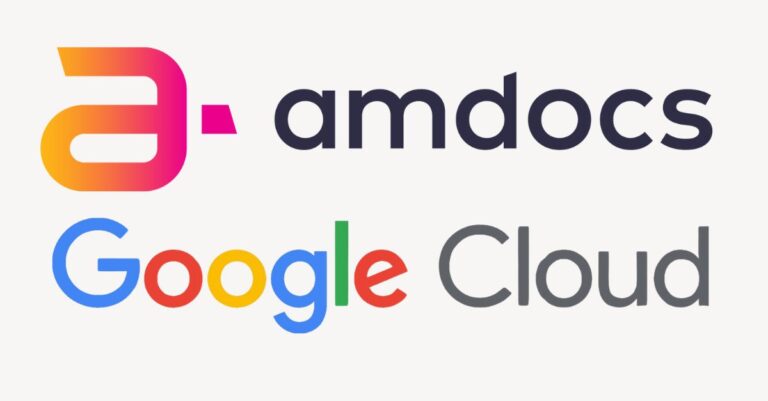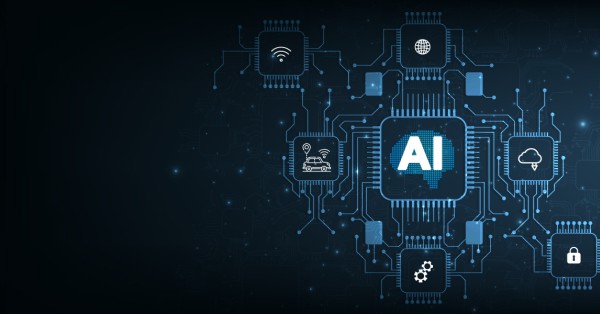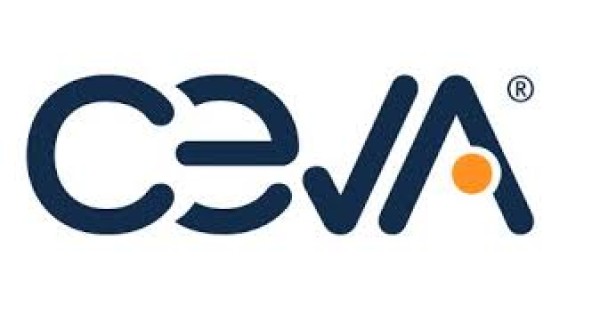Overview of the virtual reality for hospice patients
AT&T and VITAS® Healthcare, the nation’s leading provider of end-of-life care, have launched a study that intends to combine 5G with virtual reality and augmented reality (VR and AR) to test if it can help reduce chronic pain and anxiety for certain hospice patients.
The study aims to assess a potential alternative therapy that is easier for caregivers to implement at a time and place that makes the patient most comfortable during this most difficult time. In addition, this mobile solution using immersive technology is a good use case for testing the potential for 5G speeds and low latency to help patients and families in need.
The study evaluates multiple aspects, including patient feedback, VR and AR content effectiveness, and technology delivery options. The first module will focus on the effect of the content toward enhancing a patient’s comfort level through the VR and AR experience. For example, to help calm an anxious patient, they might take a virtual walk through a field along a tranquil stream or even journey to Machu Picchu in Peru.
The second module will focus on making the content mobile. Hospice patients are often cared for in their homes. Large video files will therefore need to be downloaded or streamed remotely. The technology aspect of the study will demonstrate how on-demand downloading and streaming of content might be supported over mobile networks, including 5G.
Study participants will view content via Magic Leap One Lightwear headsets. Eventually, the headsets will be taken to a field location in one of the AT&T 5G cities. A 5G mobile hotspot will be used to test content download and streaming over 5G.
Communication service provider for 5G connectivity
AT&T provided the 5G mobility network and mobile content for this use case to showcase virtual reality for hospice patients. AT&T will continue to provide the necessary services throughout the study.
About – AT&T helps family, friends, and neighbors connect in meaningful ways every day. From the first phone call 140+ years ago to mobile video streaming, they innovate to improve lives. They have the best network according to America’s biggest test. They are building FirstNet just for first responders and creating next-generation mobile 5G. With DIRECTV and DIRECTV NOW, they deliver entertainment people love to talk about. Their smart, highly secure solutions serve over 3 million global businesses – nearly all of the Fortune 1000. And worldwide, their spirit of service drives employees to give back to their communities.
Mo Katibeh, Chief Marketing Officer, AT&T Business, said – “The use of immersive technologies, and how they can be used by businesses to fundamentally change the daily lives of their employees and customers, demonstrates the promise of 5G and how it will shape our society in the coming years.”
Solution partners showcasing virtual reality for hospice patients
VITAS® Healthcare
About – VITAS® Healthcare, the nation’s leading provider of end-of-life care. Established in 1978, VITAS® Healthcare is a pioneer and leader in the American hospice movement. Headquartered in Miami, Florida, VITAS (pronounced VEE-tahs) operates 47 hospice programs in 14 states (California, Connecticut, Delaware, Florida, Georgia, Illinois, Kansas, Missouri, New Jersey, Ohio, Pennsylvania, Texas, Virginia, and Wisconsin) and the District of Columbia. VITAS employs 12,145 professionals who care for terminally ill patients daily, primarily in the patients’ homes and also in the company’s 27 inpatient hospice units as well as in hospitals, nursing homes, and assisted living communities/residential care facilities for the elderly. At the conclusion of the third quarter of 2018, VITAS reported an average daily census of 17,976.
Dr. Joseph Shega, senior vice president and chief medical officer of VITAS Healthcare, said – “VR and AR have the potential to be a new alternative therapy that will hopefully benefit patients by decreasing symptom burden while increasing quality of life. Moreover, the technology could offer a unique opportunity for patients and families to do things virtually that were previously not possible in a physical sense, such as traveling to remote destinations together.”
Magic Leap
About – Magic Leap is an American startup company that released a head-mounted virtual retinal display, called Magic Leap One, which superimposes 3D computer-generated imagery over real-world objects by “projecting a digital light field into the user’s eye,” involving technologies potentially suited to applications in augmented reality and computer vision. It is attempting to construct a light-field chip using silicon photonics.
Use case showcase location and timeline
This virtual reality for hospice patient study was initiated in Jan 2019 at Cancer center in Southern California, US.
Benefits of virtual reality for hospice patients
Virtual reality for hospice patients is expected to provide the below benefits:
- Improve patient well-being near the end of life
- Decrease symptom burden while increasing quality of life for the patients, leveraging VR / AR as a new alternative therapy
- Offer a unique opportunity for patients and families to do things virtually that were previously not possible in a physical sense, such as traveling to remote destinations together.
Clinical evidence indicates that virtual reality shows promise as a non-pharmacological treatment for pain and anxiety.























